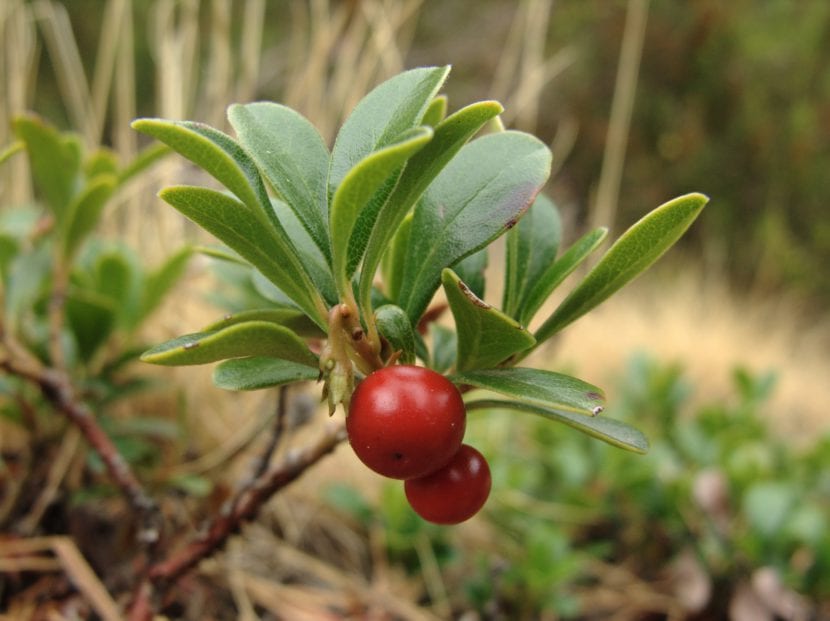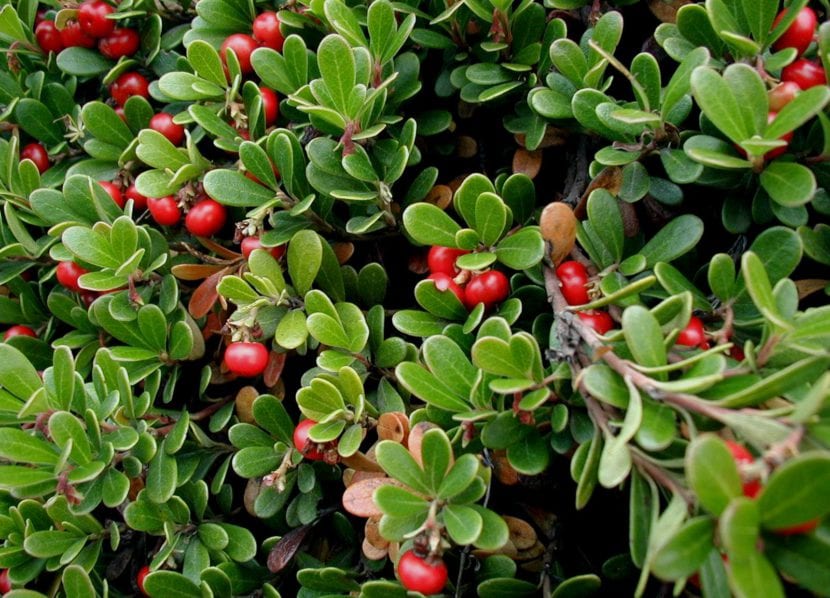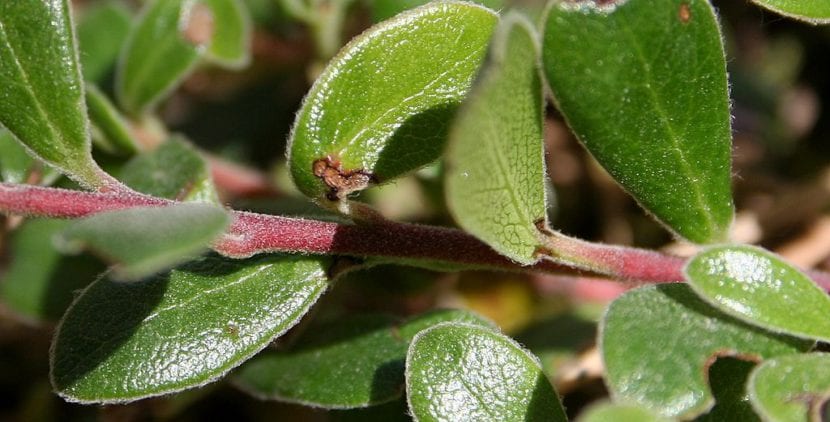
La Gayuba, also known by the names of Uva de Oso, Uva ursi or Creeping grape, is a shrub that can be found in the center and eastern half of the Iberian Peninsula, as well as in America and Asia. Its size makes it an interesting plant to have in a pot or in small gardens, since it only grows up to 2 meters.
And by the way, did you know that it can be used as a medicinal plant? Read on to learn more about Gayuba.
Bearberry Characteristics

Our protagonist is known by the scientific name Arctostaphylos uva-ursi. It is an evergreen shrub with creeping branches, which inhabits stony and humid terrain in the mountains, from 500 to 2300 meters of altitude. It is characterized by having small leaves, about 2cm long, lanceolate and with a visible central nerve.
Its flowers, which sprout in spring or early summer, are whitish or pinkish, grouped in clusters. The fruit is fleshy, bright red when ripe, and with white flesh (pulp). This can be chewed and eaten without problems, but it has no appreciable flavor and is not very juicy.
How do you take care of yourself?
Bearberry is a very easy to grow and low maintenance plant. To grow healthy and strong, you just have to keep the following in mind:
- Location: outdoors, in full sun or semi-shade. Withstands frosts down to -17ºC.
- Irrigation: three times a week in summer, and every 5-6 days the rest of the year.
- Subscriber: from spring to late summer, with liquid organic fertilizers.
- PruningPruning is not necessary, but if you want to shape it into a cascade-shaped tree, you can do it in early spring.
- Land: important that it has a neutral or high pH (such as black peat for example), and good drainage.
Bearberry medicinal properties

This is a plant from which its leaves can be used in infusion for its effect astringent y diuretic; further, is indicated for urinary tract infections, and in topical use for relieve symptoms of conjunctivitis, pharyngitis, itching, dermatitis, and mouth ulcers.
How to use:
- Infusion: 10-30 grams / l, 1 liter a day.
- Topical use: cook 30 grams of leaves in 1 liter of water.
Contraindications: do not take if you are pregnant or think you may be, or if you have gastritis or gastroduodental ulcer. In case of doubt, consult a doctor.
What did you think of the bearberry?